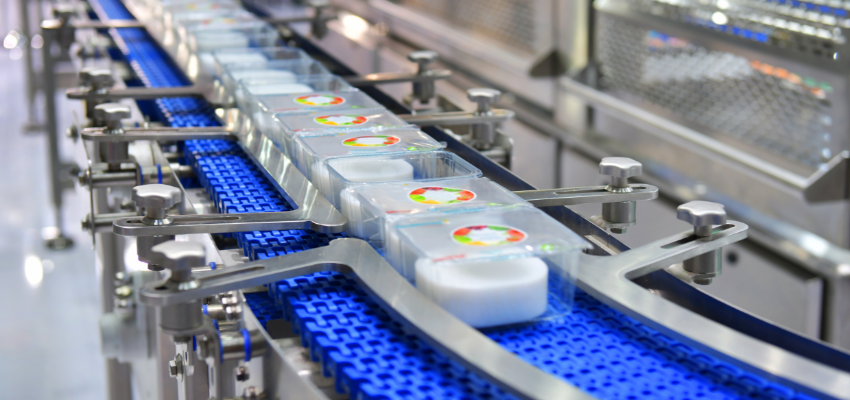In recent years, food safety has taken center stage in the agri-food supply chain and the world of foodservice. The network connecting production, processing, and distribution is increasingly complex. Reacting is no longer enough: we need to anticipate.
This is where artificial intelligence comes into play. It analyzes real-time data, detects weak signals, and predicts potential contamination. And it acts before risk becomes reality. A strategic shift that redefines safety: from a barrier to a driver of quality, trust, and innovation.
The predictive approach to food safety
Predictive food safety stems from a new vision: observe before acting. It means collecting and interpreting data throughout the entire supply chain, from air quality in laboratories to batch traceability, to foresee issues before they occur.
Artificial intelligence, particularly machine learning, reads these data as a story: it identifies recurring patterns, hidden signals, invisible correlations. When something is off, it notices.
There are tools that make all this possible: sensors that monitor temperature and humidity in real time, algorithms that can predict critical situations, and computer vision systems that objectively observe products.
The result? A new, proactive approach where risks are addressed before they arise. Because today, safety goes hand-in-hand with intelligence.
Concrete benefits for the foodservice sector
In foodservice, the adoption of predictive technologies changes the rules of the game. It enables the detection of risks before they turn into problems, avoiding product recalls and protecting the value of the entire supply chain.
Quality control becomes more precise, consistent, and reliable. Compliance with regulations, from HACCP to international standards, is no longer a goal to chase but a natural outcome.
And then there's a value that goes beyond: trust. Those who choose predictive tools strengthen their brand. They show they live up to expectations, prioritize safety, and embrace excellence as a defining feature.
Here are three real-world examples of how AI is being integrated, effectively and discreetly, into different foodservice contexts.
FDA “Elsa”: AI supporting public monitoring
In the United States, the Food and Drug Administration has developed “Elsa”: an artificial intelligence that listens, interprets, and acts. It analyzes health data, complaints, and reports with new speed thanks to natural language processing and predictive algorithms. Its mission? Quickly detect any potential food alerts and dramatically reduce response times. This is a clear example of how digital innovation can support public oversight with precision, agility, and effectiveness.
ComplianceMate: AI and sensors in foodservice settings
In U.S. school cafeterias, food safety has a new ally: it’s called ComplianceMate. A system combining wireless sensors and predictive intelligence to monitor food temperature in real time. When something is wrong, the system alerts immediately, before critical thresholds are exceeded. Even during a blackout or technical failure, the risk is prevented. A practical example of how AI can play an active role in the daily management of foodservice, intelligently and promptly.
Spectroscopy and AI to detect microbial contamination
A team of researchers has developed a method that integrates Raman spectroscopy and neural networks to detect bacteria like E. coli in liquid dairy products. The system achieved over 98% accuracy, demonstrating the effectiveness of the predictive approach even in complex, high-risk environments (Technology Networks). This solution is a potential game changer for producers needing fast and accurate tools to ensure product safety before market release.
Strategic insights for industry operators
Adopting AI-based predictive tools is a strategic choice involving multiple dimensions. Integration with existing systems is a critical first step: new technologies must communicate naturally with a company’s IT infrastructure. At the same time, investing in people’s training is essential, as managing advanced tools requires specific skills to be developed and valued within the team.
Cost-benefit assessment also becomes part of the journey: the initial investment is soon offset by avoided recalls and a stronger reputation. Through all this, AI can spark deep cultural change, making food safety not just an obligation, but a key element of corporate strategy and identity.
Conclusions
Predictive food safety is already here. It’s not a future concept, but a concrete reality that takes shape every day through artificial intelligence. Field experience proves it: from public monitoring activities to the daily management of cafeterias and production plants, AI can integrate and enhance operations.
food-safety Sigep Vision




